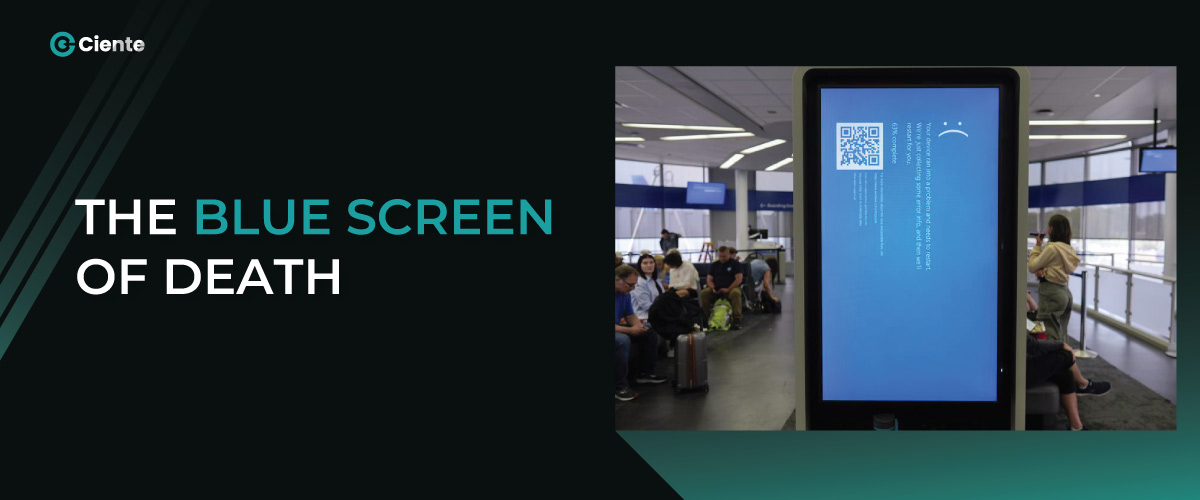Not just a buzzword, Employee burnout is a major issue dominating conversations in the professional landscape. In fact, burnout was so prevalent globally that the World Health Organization (WHO) called it an “occupational phenomenon” back in 2019—prior to the COVID-19 pandemic, which upended how we worked, adding stressors and challenges that negatively impacted employee health and wellness.
Additional new terminology, like “The Great Resignation,” “Great Reshuffle,” and “quiet quitting,” reflects the recent impacts of burnout on employees by suggesting that many are feeling overwhelmed, overworked, underappreciated, and unhappy with their jobs.
While WHO does not go so far as to label it a medical condition, the organization does describe burnout as chronic workplace stress causing “feelings of energy depletion or exhaustion; increased mental distance from one’s job, or feelings of negativism or cynicism related to one’s job; and reduced professional efficacy.”
This is not surprising when major industries are cutting jobs, inflation is rising as wages remain stagnant, and the country is operating in a tight labor market. Additionally, three-quarters of employees reportedly struggle to take time off work or disconnect, citing workplace stressors like large workloads, long hours, and exhaustion.
So what can business leaders do to reduce employee burnout? Embrace communication tools and strategies to support teams, retain talent, and improve the employee experience.
What’s Causing Employee Burnout?
One major contributor to burnout is a lack of engagement with employees. It’s easy for employees to feel lost in the shuffle when they make up a distributed workforce, but it can still happen when they show up to work in an office. Not only does a lack of engagement make employees feel disconnected from their jobs and colleagues, but the isolation makes it difficult for employees to feel comfortable opening up to managers and leaders to share ideas, ask for help, or work through issues.
But communication is a two-way street. As business leaders work to understand the causes behind burnout, taking an active role in engaging employees by opening up communication channels is a key first step to combating the issue. This means conducting surveys and focus groups, holding frequent one-on-one meetings, and implementing a strategic, omnichannel approach to communication. This will foster an overall sense of belonging, create a positive work environment, and improve employee satisfaction, reducing turnover, frustration, and burnout in the process.
Also read – Employee Advocacy Platforms
Executing a Strategic Communication Plan
Conducting workplace audits and speaking to employees directly will help to identify issues and invite opportunities to work through them. Still, focused, consistent internal communications are essential to retention and positively influencing workplace culture. With internal communications, leaders can effectively inspire their teams, communicate goals, and clarify workplace expectations.
Implement an omnichannel approach.
When meaningful content is seamlessly and consistently integrated across an organization, employees are better equipped to connect with their teams. This is true of small teams that share an office space or larger, dispersed teams. Email, intranet, messaging platforms, and digital signage are effective platforms to reach employees regardless of location, but preference matters.
An omnichannel approach begins by reviewing every demographic and asking essential questions to discover their preferred methods of communication. Are younger employees more likely to use messaging apps and email? How do we effectively reach frontline workers? What’s the best way to ensure remote workers feel included? Age, location, and personal preferences all factor into an organization’s ability to strategically communicate with employees. When executed correctly, an omnichannel approach keeps people in the loop and creates a sense of community by enabling organizations to share their overall mission, goals, and values with their teams.
Give your leaders the tools for success.
Implementing an omnichannel approach reveals just how heavily professionals today rely on data to collect and share insights to inform their strategies and find the most effective ways to reach employees.
The ability to personalize at scale helps organizations efficiently deliver tailored messages that will resonate with their intended audience. Tools that allow leaders to pull data to customize communication efforts, collect real-time feedback around engagement, measure sentiment and open rates, and provide opportunities to adapt comms strategies will enable organizations to reach the right people at the right time.
Artificial intelligence (AI) and data analytics can also enhance personalization efforts. AI allows both employees and employers to set up their preferences, opting into the communications topics they want to receive, recommending content based on consumption, and curating communication tactics based on employee engagement. AI-powered algorithms fuel efficiency, quickly combing through data to direct leaders along the best paths forward.
Build connections around company goals.
Communication creates organizational alignment between employers and their employees. When asked for the reasons behind their resignations, employees surveyed by McKinsey overwhelmingly claimed relational factors were to blame. While employers believed compensation and inadequate work-life balance were at fault, the report revealed employees want to feel valued by their managers and organizations but lack a sense of belonging.
A data-driven strategy will help improve business performance by connecting employees to the organization and each other. When employees can clearly identify their company’s values, they can implement effective strategies to achieve them. This also ensures every employee, regardless of title or time spent with the organization, understands the motivators behind company decisions. A company’s values also build a foundation for employees to understand the type of workplace environment they belong to. Values like trust, fairness, respect, and inclusivity help enforce a positive workplace culture, encouraging employees to relate to the brand and better serve customers and each other.
Foster trust between employees and leadership.
When employees know what’s happening within their organization, they’re more likely to buy into its mission and feel connected to their work. Too often, the message gets lost in the endless sea of notifications competing for everyone’s attention. Repetition of content across a variety of channels will help to emphasize the right messaging and build trust, but strategic storytelling enhances communication, promoting empathy and fostering deeper connections.
Empathy and emotion evoke memorable experiences, providing a more meaningful method of communicating an organization’s goals. Can your leaders talk about a time when they felt overwhelmed or stressed and share the steps they took to improve the situation? How was the onboarding process for the manager who started six months ago? Can they share helpful information with the team’s latest new hire? When employees feel understood by their managers and superiors, they establish a greater sense of loyalty and respect for the organization.
Communication without data just creates noise.
Organizational leaders need data and analytics to better understand which messages resonate with their people, how they resonate with them, and what types of shifts need to be made to reach their people. Your organization might have strong values, services, and products that differentiate you from the competition, but you cannot succeed without a motivated and connected workforce.
Measuring engagement enables organizations to understand what employees connect with, identify areas for improvement, and determine the best approach to optimize communications. By implementing the right communication channels, practices, and tools, your organization will be better positioned to communicate effectively and engage employees, avoiding misunderstandings and missed opportunities. A strong internal communications strategy eliminates inconsistencies in messaging and delivers simple, streamlined, personalized messages to keep employees informed, improve their experiences, and reduce burnout.
About David Levin
David Levin, Chief Executive Officer, Poppulo
David Levin is the Chief Executive Officer of Poppulo, a leading workplace and communications experience software company. In 2005, David co-founded Four Winds Interactive (now Poppulo) with a vision for how digital media applications could improve the way businesses communicate and engage with their customers and employees.
In 2021, FWI acquired workplace management innovator SmartSpace and the employee communications leader Poppulo. The three companies combined under the Poppulo name, supported by a unified brand, vision, and product suite as the leading communications and workplace experience software company. Poppulo’s customer base is an A-list of the world’s most successful companies, including 47 of the Fortune 100.





